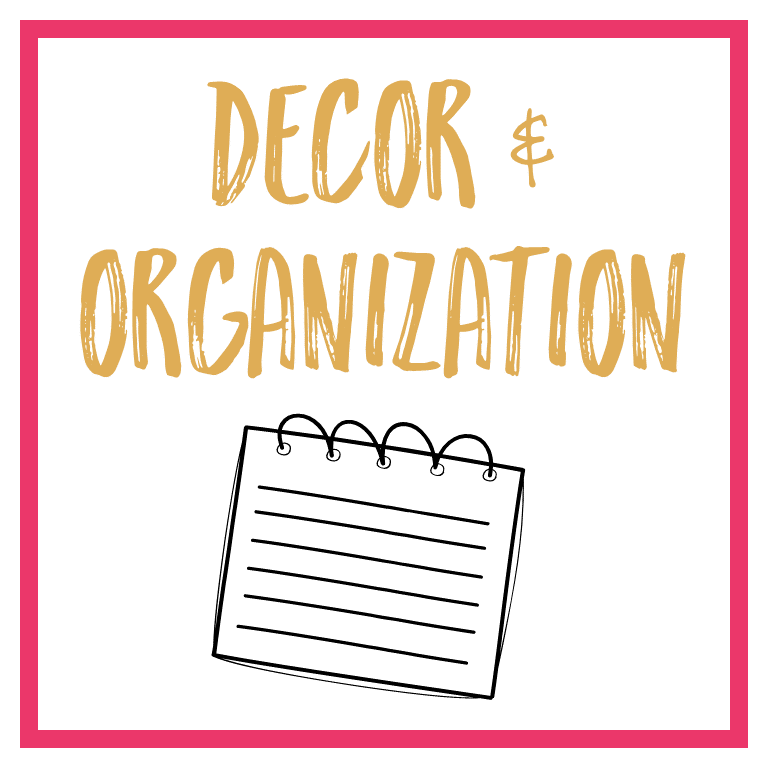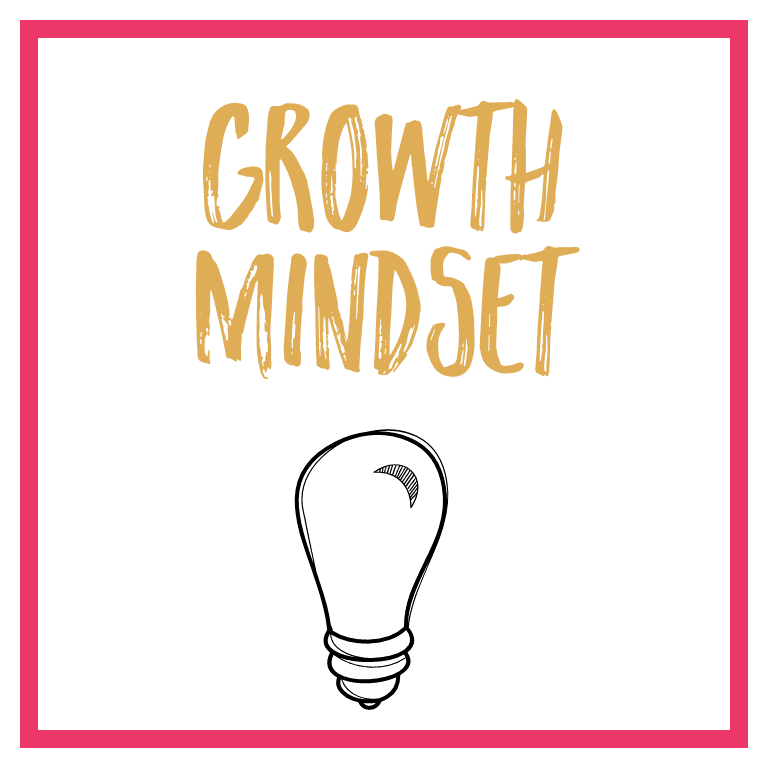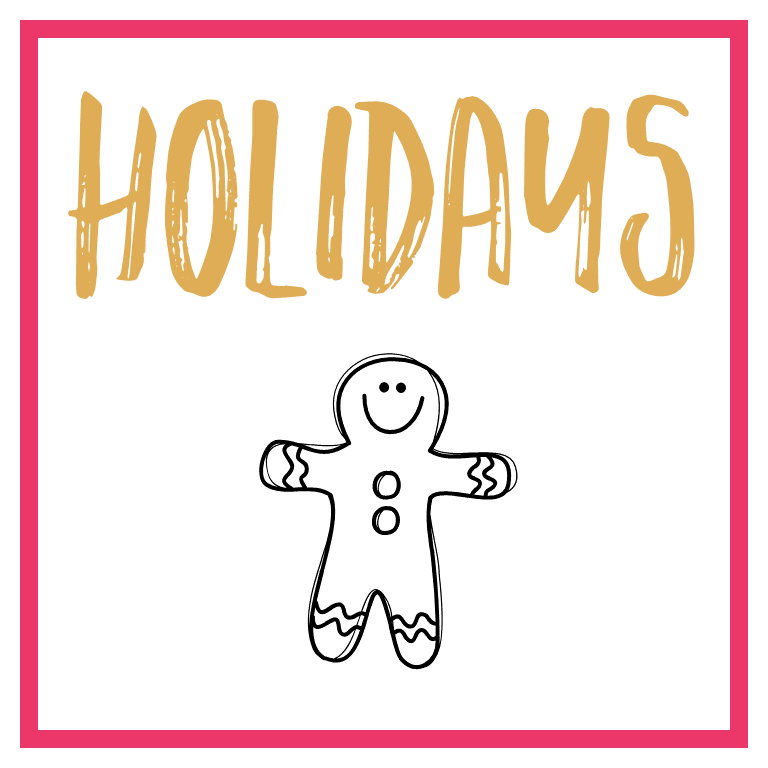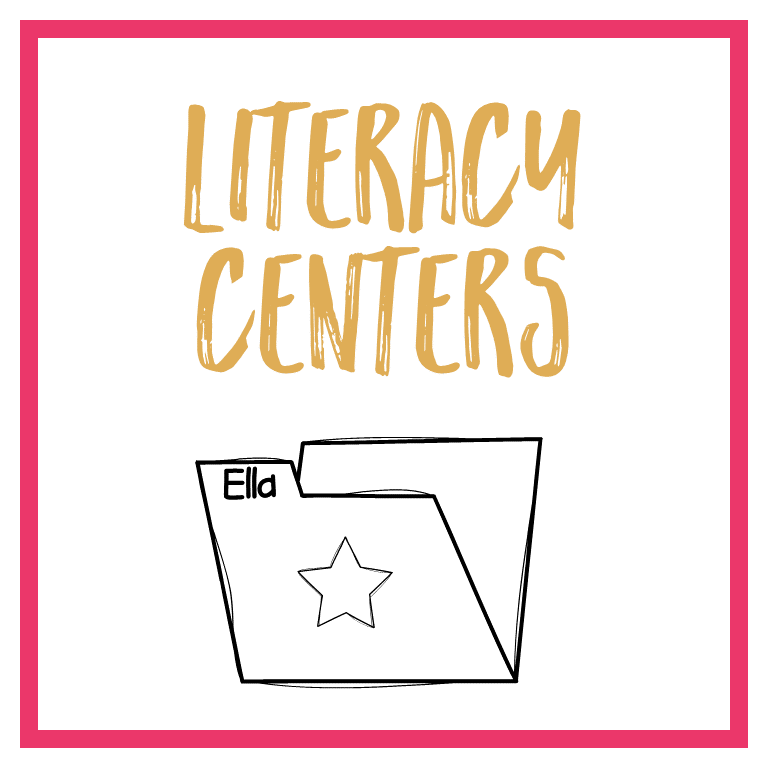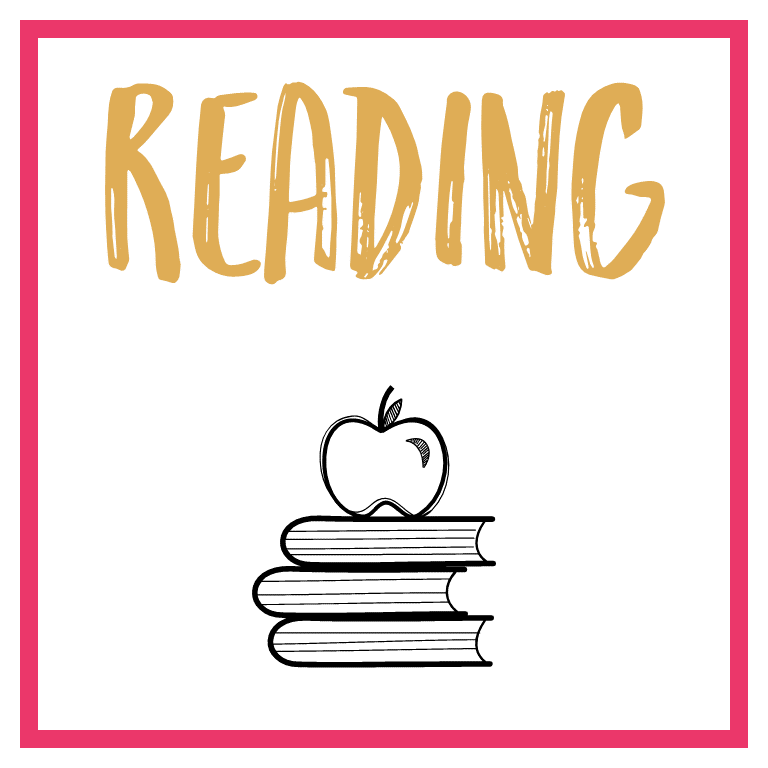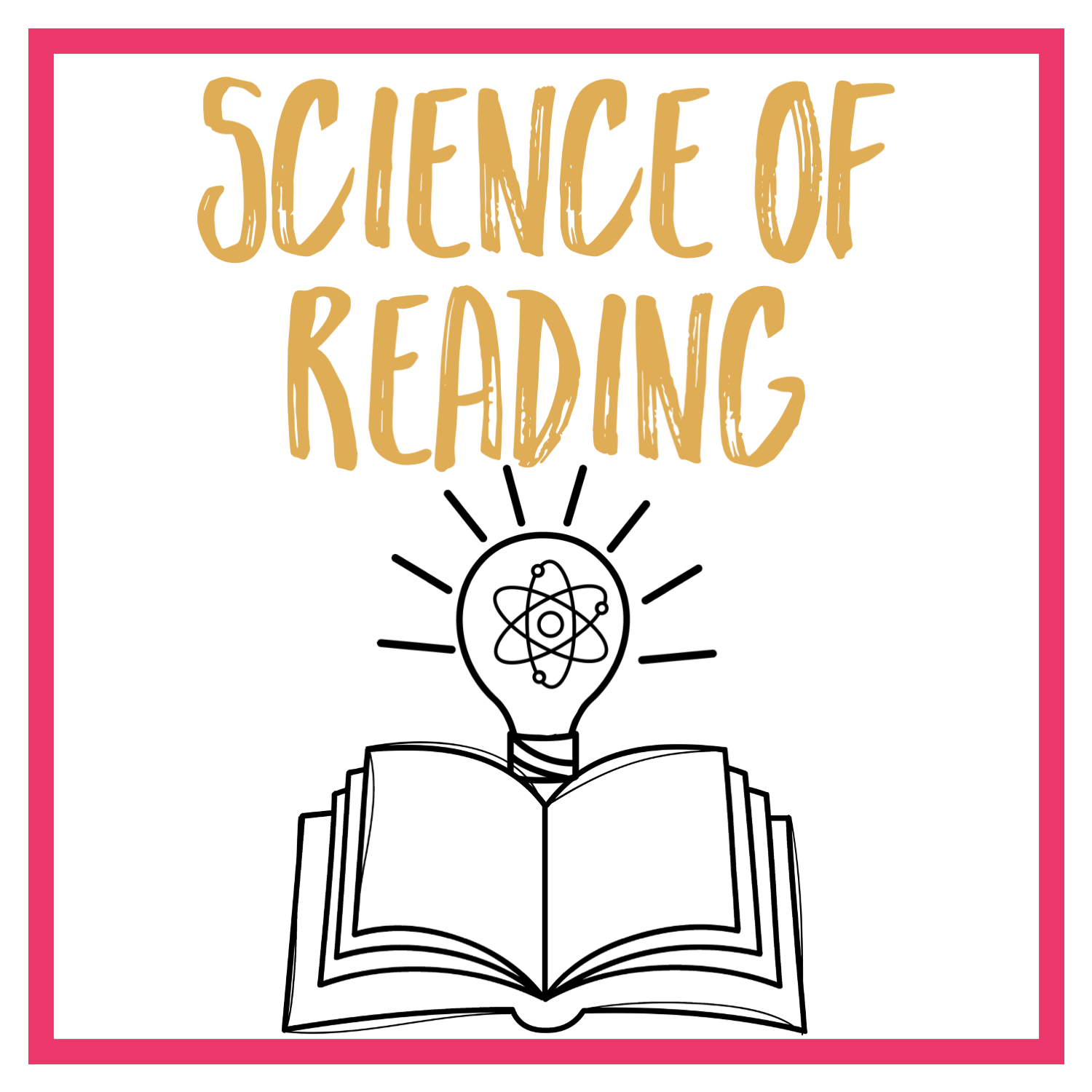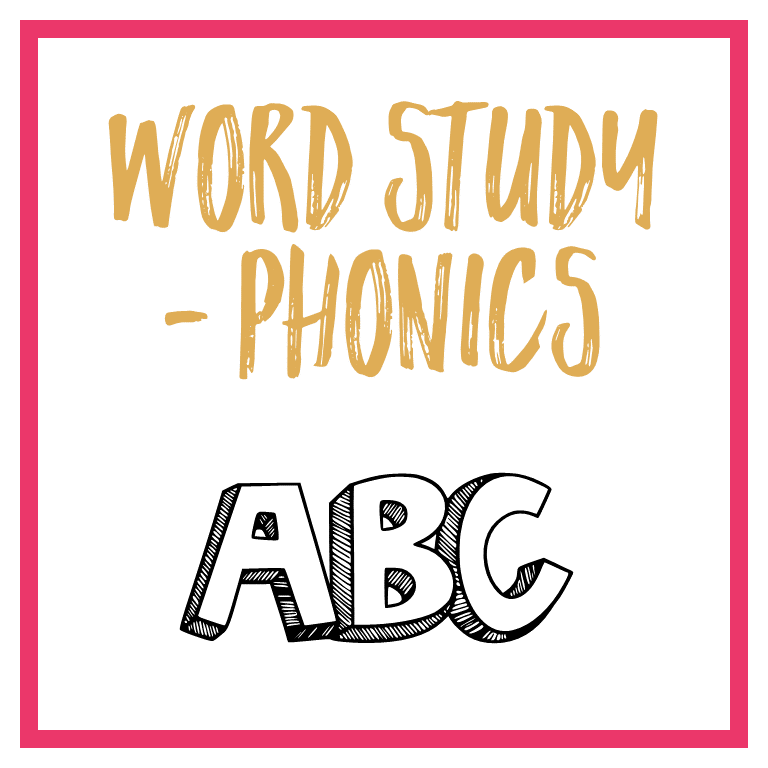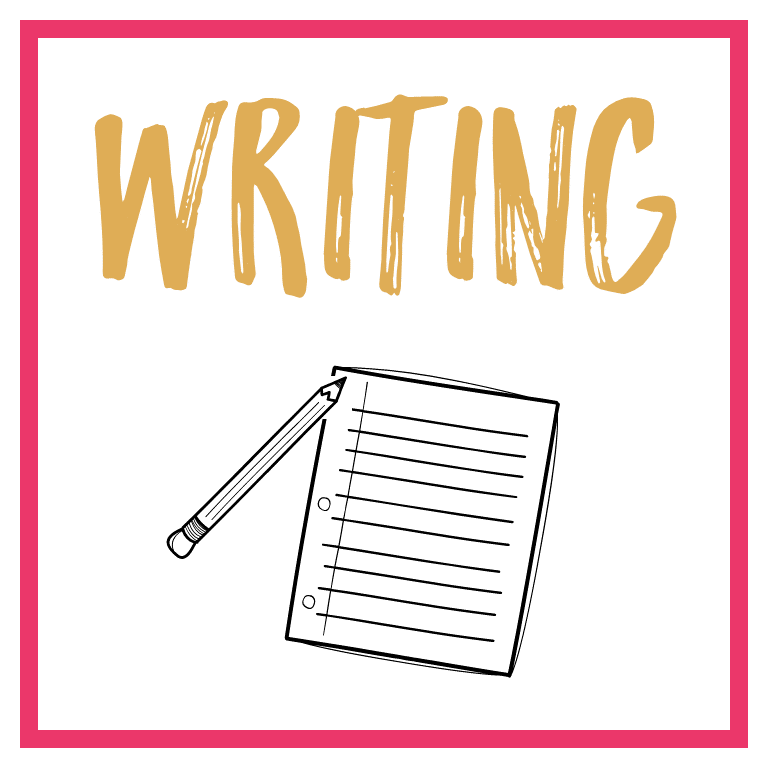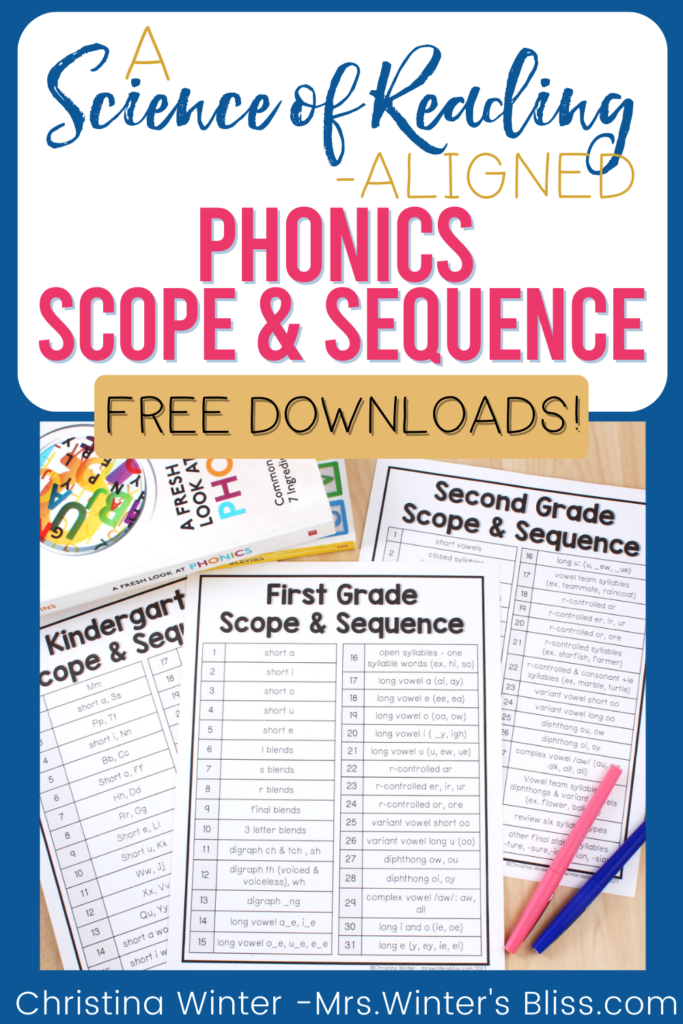
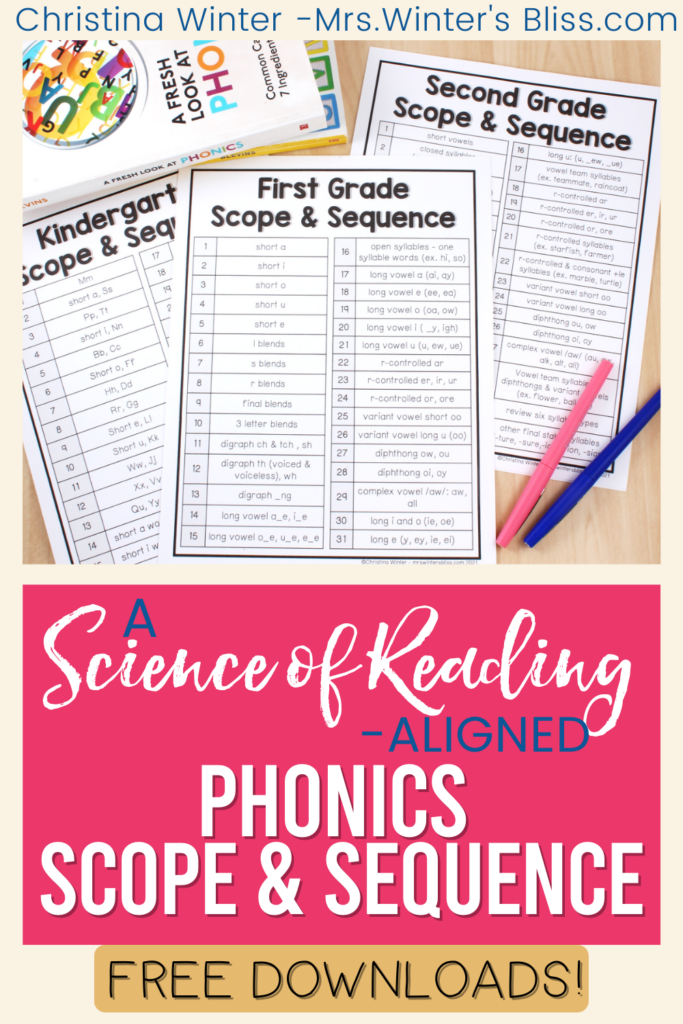
In this post, I’m sharing a FREE research-based, science of reading-aligned phonics scope and sequence for kindergarten, first and second grade.
If you’ve begun your journey into the science of reading, you’ve surely come to see that phonics instruction plays a big role in effective reading instruction. Studies have found that systematic phonics instruction produces significant benefits for k-6 students and for children who have difficulty learning to read.
So we know it’s an important thing to teach, but what’s the best way to do so? I hear from so many of you who aren’t given any direction about what order to teach these skills. You want to know where to begin and you need a roadmap to follow!
So to help you out, I’m sharing a FREE research-based phonics scope and sequence. I’ll discuss the qualities of effective phonics instruction and leave you with a science of reading-aligned phonics scope and sequence for Kindergarten, first and second-grade students.
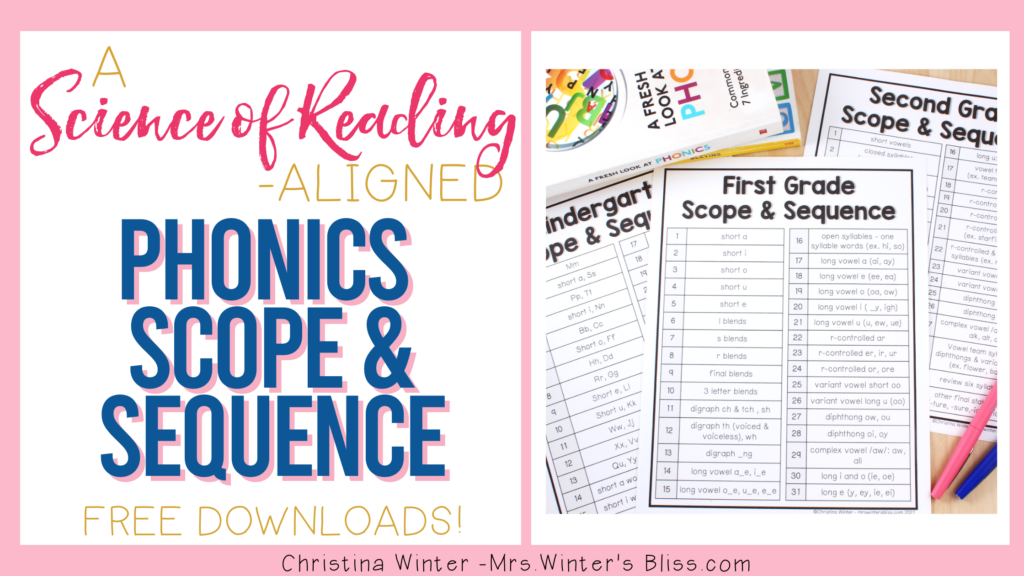
Characteristics of Quality Phonics Instruction
While there are many different ways you can teach phonics skills, the most effective phonics instruction follows these essential, evidence-based principles of quality instruction and is based on the “I do, We do, You do” model.
💕 Instruction is explicit. In explicit instruction, the objective of the lesson is clear and the teaching is intentional. The teacher takes center stage and directly teaches concepts to students. There are opportunities for guided practice with decreasing levels of support. It follows the “I do, We do, You do” model.
💕 Instruction is systematic. Skills taught and practiced are based on a research-based scope and sequence. Each lesson and activity builds upon itself. Students are not asked to do anything they haven’t first been taught. When instruction is systematic, nothing is left to chance.
💕 Instruction should be engaging. When students understand why they are learning what you are teaching and they are provided with the appropriate support for success, they see learning as relevant to their lives and are more engaged and motivated.
💕 Instruction is intensive. This means instruction is data-driven and focused on essential skills.
💕 Practice activities should be cumulative. Once a student moves forward with a new concept, they must continue to review the skills they already learned. In his book, A Fresh Look at Phonics, Wiley Blevins reminds us that a new skill needs to be systematically and purposefully reviewed for four to six weeks after you first introduce it. Take a look at this post for ideas of daily routines and activities you can do with your students throughout the day to help ensure they receive the practice they need for mastery.
A Phonics Scope and Sequence for Kindergarten, 1st and 2nd Grade
While there is no one best way to teach phonics, we do know that effective phonics instruction must be systematic. The key to ensuring your instruction is systematic is to have a research-based scope and sequence to follow. The good news is I’ve got a great one for you and it’s FREE! Let me tell you a little bit more about it…
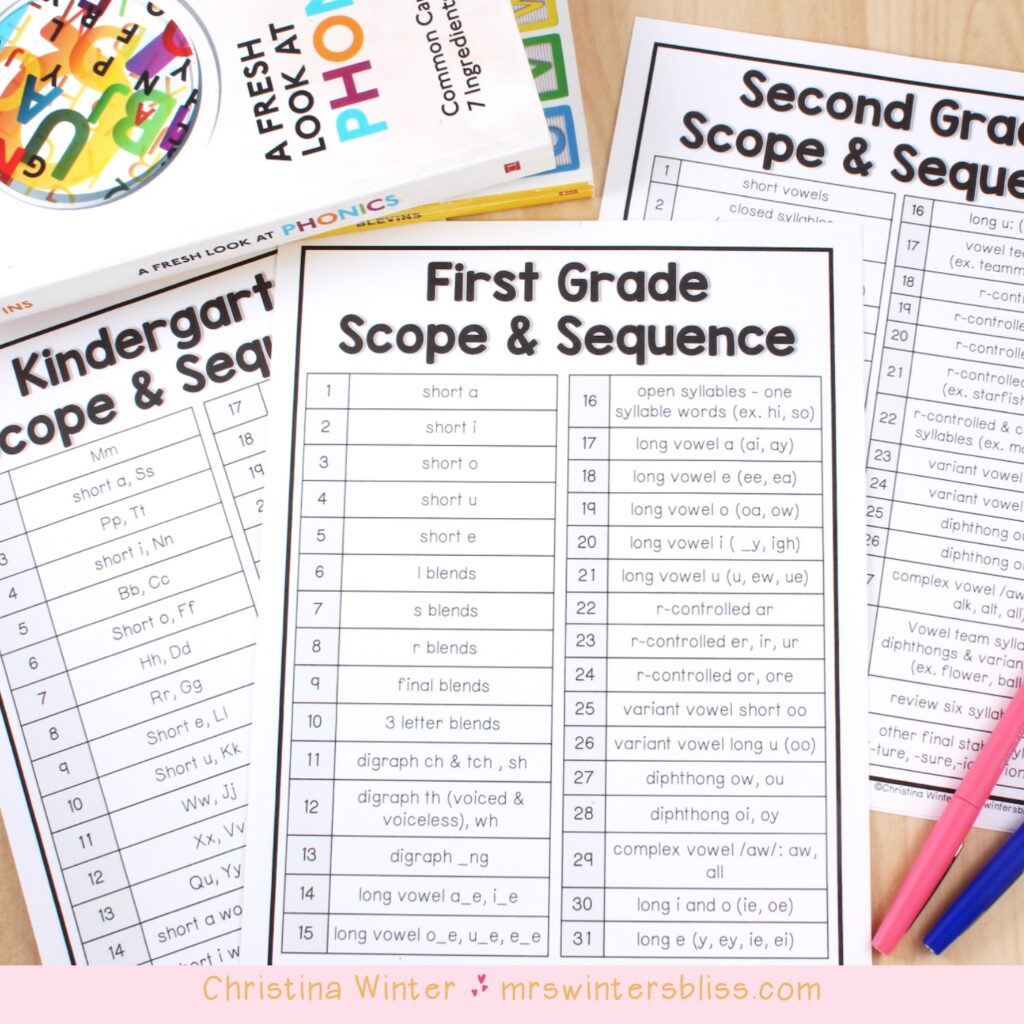
✏️ This K-2 phonics scope and sequence is researched-based and aligned with the science of reading. You can feel confident using it as a roadmap for your phonics instruction!
✏️ It starts with the simplest phonics skills and builds to the most complex, always building on previous learning.
✏️ It teaches students to form words as early as possible. This is because we know that the simple act of writing by hand provides a perceptual-motor experience that unifies what is being learned about the letters (their shapes, their sounds, and their motor plans), which in turn creates richer knowledge and fuller, true learning.
✏️ It teaches high-frequency sounds before less useful sounds and minimizes learning interference.
This k-2 scope and sequence comes as a part of my FREE Science of Reading toolkit. Each day I receive many questions about the science of reading, so to help answer some of those questions created this toolkit. It provides teachers with information and a variety of resources about the science of reading. In addition to a phonics scope and sequences for kindergarten, first and second grade, the toolkit also includes:
💕 A Phoneme-Grapheme Dictionary
💕 Editable parent letters that teach about the Science of Reading & the Heart Word Method
💕 Heart Word and Syllable Types Teaching Posters
💕 Word Mapping Activities- Seasonal Word Mapping Mats and Pop-it Fidget Mats
Finally, when you sign up to receive the toolkit, you’ll also receive a 5-day series of informational emails. This email series was created to help you learn more about the science of reading and answer some of the most commonly asked questions. Each day focuses on a different aspect of the SoR and will help you understand how to use the resources offered in the toolkit and more free resources to support you.

Drop your email below to get the FREE SoR SCOPE AND SEQUENCE and TOOLKIT instantly!
*87% of the time, school spam filters block emails like mine 😩 Please use a personal address so you don’t miss a thing!
I hope the information and FREE SoR resources I have shared today will help to make phonics instruction more systematic and effective in your classroom!
–PIN for LATER–


